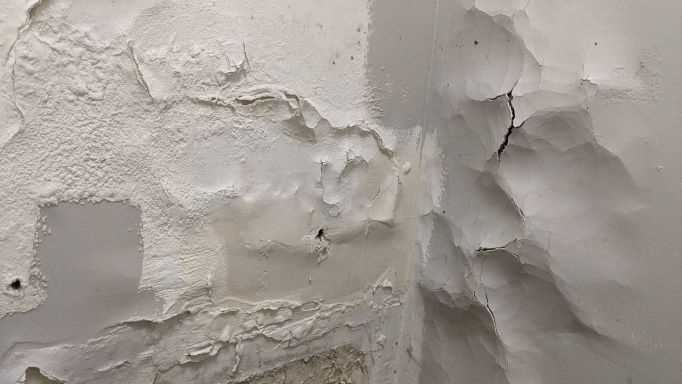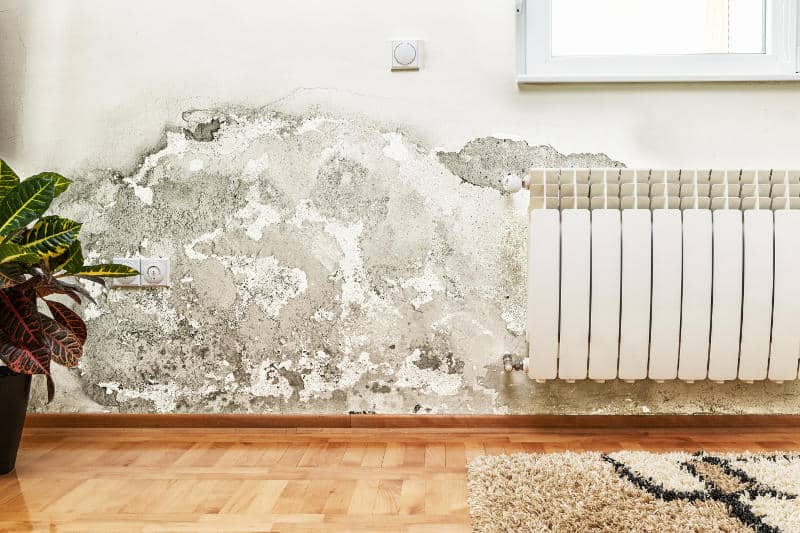Everyone maintains their unique piece of advice involving Water Stains on Walls.

Water stains on wall surfaces are not positive to the eyes. Your home ought to be without stains on the walls, roof covering, or floorings. That is the perfect state of a house and its frameworks. Occasionally it seems practically unavoidable to experience water stains on walls in residences.
Homeowners residing in moist areas constantly manage the fear of water spots on walls. That does not have to be the situation for you. With well-shaped and precise details on the reasons for water spots and also prompt repair service processes, you will constantly be a step ahead of such events. So, this post guarantees to be a practical overview for you.
3 Typical Root Causes Of Water Discolorations on Wall Surfaces
Contrary to popular belief, water stains on walls do not constantly come from inadequate structure products. There are numerous sources of water discolorations on wall surfaces. These consist of:
Poor Water drainage
This will certainly protect against water from permeating into the walls. This links to too much dampness that you notice on the walls of your structure.
The leading cause of wet walls, in this instance, can be a bad drainage system. It can likewise be because of inadequate monitoring of sewer pipelines that run through the building.
Moist
When warm damp air consults with dry cool air, it causes water beads to base on the walls of buildings. When there is vapor from cooking or showers, this occurs in kitchen areas and also washrooms. The water droplets can stain the bordering walls in these parts of your home as well as infect various other areas.
Moist or condensation affects the roofing and also walls of structures. When the wall is damp, it creates an appropriate environment for the growth of germs and fungis.
Pipe Leaks
A lot of homes have a network of water pipes within the wall surfaces. This ensures that the pipes are well away from the reach of destructive rats. It constantly increases the stability of such pipelines, as there is little oxygen within the walls. This inhibits rust.
Yet, a downside to this is that water leak affects the walls of the structure and also creates widespread damage. A dead giveaway of damaged pipelines is the look of a water discolor on the wall surface.
Water Stains on Wall Surface: Fixing Tips
Homeowners would typically desire a quick fix when handling water discolorations. Yet, they would certainly soon realize this is counterproductive as the water spots persist. Here are a couple of useful tips that will guide you in the fixing of water discolorations on wall surfaces:
Pro Suggestion
A houseplant in your home additionally enhances its humidity. If the house is currently damp, you might want to introduce houseplants with very little transpiration. An example of suitable houseplants is succulents.
Verdict
No one wants to have water stains on walls in their residence, it can take place to the finest of us. This write-up offers you take advantage of, as you now know how to manage this mishap if it does happen.
It is always best to recruit expert services to assist take care of the problems in your home.
Occasionally it seems almost inescapable to experience water discolorations on wall surfaces in homes.
Contrary to prominent belief, water spots on walls do not always stem from poor building materials. There are numerous causes of water spots on walls. The water beads can stain the bordering walls in these parts of your home and spread to other locations.
Here are a couple of valuable ideas that will assist you in the fixing of water stains on wall surfaces:
CHECKING FOR WATER DAMAGE
Water damage can be costly, and it may begin before you even notice the first signs of trouble. Water damage can cause mold and mildew in your walls and floors, which can create an abundance of health concerns for your family. It can also lead to costly repairs of various appliances and general home fixtures. To avoid the pricey consequences of water damage, here are Warner Service’s top 5 places you should check:
The walls – The easiest place to spot the beginnings of water damage is on the walls and ceilings of your home. If water damage is present, there will most likely be water stains, especially around the windows and doorframes, and/or cracks in the drywall. If a stain looks unusual (discolored to brown, black or gray, raised texture), has a swollen appearance or is soft to the touch, contact a professional immediately. The pipes – To avoid water damage, consistently check the pipes in your kitchen (especially the dishwasher and ice maker), bathrooms, laundry room (specifically washing machines) and basement for corrosion, leaks and water stains. Pay special attention to where the pipes connect in your home and the location of caulking around the bathroom fixtures, including toilets, sinks, showers and tubs. Missing or loose caulking and grout could be signs of leaking water. This seepage can also quickly cause mold and rust, so double check your water heater and tank for wet spots on the floor. The floor – Water damage is very easy to spot on the floor. Look for any warping or buckling of the material, especially in the basement. If your home has wood flooring, look for bright white or dark stains. If your home has carpeting, keep it dry and clean. A damp carpet that smells of mold could cause water damage and health problems. To avoid this, consider installing floor pans under your appliances to help prevent damages from small, slow and undetected leaks. The basement and attic – If your basement or attic smells odd check for mold and mildew around the area, especially the valley where the roof meets. While you are inspecting those areas, check for wall cracks, floor stains, rust and dampness in the insulation. If you live in a colder and/or rainier climate, perform routine checks for water damage from melting snow or ice and rain. The exterior – Check the roof for damaged flashing and missing, cracked or curled shingles. There should also be no standing water anywhere outside your home. This could be caused by puddles, leaky rain gutters or hoses, poor drainage, or short gutter spouts. Invest in a sump pump system or water flow monitoring system, and perform routine maintenance on these outdoor appliances to avoid indoor water damage.

I ran across that review on Indicators of Water Damage Behind Walls when doing a search on the search engines. Sharing is nice. Helping others is fun. We love reading our article about Water Stains on Walls.
Urgent plumbing? Call.